Haflingers are a solidly built smaller horse that many in the equine world know for their color and temperament. They make a striking cart team with their color and heavy mane and tail. Breed fanciers know them as the “golden horse with the golden heart” but how well do you know them? Check out these interesting facts about this small but mighty, horse.
#1 – They possess Arabian blood.
While the origin is not 100 percent certain, it is believed the Haflinger came about with the crossing of an Arabian stallion (some sources say he was half) and a mountain pony from Austria and Northern Italy. Even today, some Haflingers have a very Arabian-looking head type.
#2 – They're a one foundation stallion.
The resulting colt of the Arab-pony cross was named Folie (some list him as 249 Folie). All purebred Haflingers must trace their lineage back to this one stallion. This extensive line breeding has contributed to the breed staying so uniform in look. (haflingerhorse.com)
#3 - Their ancestors were a medieval pony.
The original pony it was crossed with has been around since medieval times. Writings mention small, agile chestnut horses used for packing and as mounts on the mountain trails. (Imh.org)
#4 – They are commonly confused with the Avelignese.
This breed of pony comes from Italy and looks very similar to the Haflinger – they clearly have related ancestors. However, they are two separate breeds and the Avelignese tend to be slightly heavier than the Haflinger as well as shorter, with a top height of only 14 hands. (Theequinest.com)
#5 – They are easy keepers.
Since they were bred for a mountainous region, the Haflingers are known for being easy keepers, doing fine on little to no grain and limited hay or pasture. They also have hard feet and long life spans; mares produce foals well into their 20’s and live into their 30’s. (Haflinger.ca)
#6 – Chestnut is all you get.
The original mountain ponies were chestnut and so are the modern Haflingers. The breed standard allows for any shade, from pale chestnut to dark liver chestnut (the Canadian Association refers to it as “chocolate"). Spots (black or white), white socks that go above knees or hocks, and roan coloring is considered a flaw. The mane and tail should be pale (white or flaxen), also without any color impurities or deviation. Horses that have any of these flaws should also not be used for breeding. (Haflingerhorse.com)
Horse Courses by Elaine Heney
- Listening to the Horse - The Documentary by Elaine Heney & Grey Pony Films
- Shoulder In & Out Training for better balance, bend & topline development with your horse
- Over 110+ Polework Exercises & Challenges to Download
- Dancing at Liberty & Creating Connection with Your Horse (11 lessons) - Grey Pony Films
#7 – They're horses, not ponies.
Though the size of the breed may imply that they're ponies, not to mention they have pony ancestors, they are classified as a horse. Owners of the breed explain that they are definitely not “pony-like” in their temperaments because they are known for their “willingness, trainability and steady nature,” according to the Canadian Haflinger Association. They are an ideal child’s mount. (Haflinger.ca)

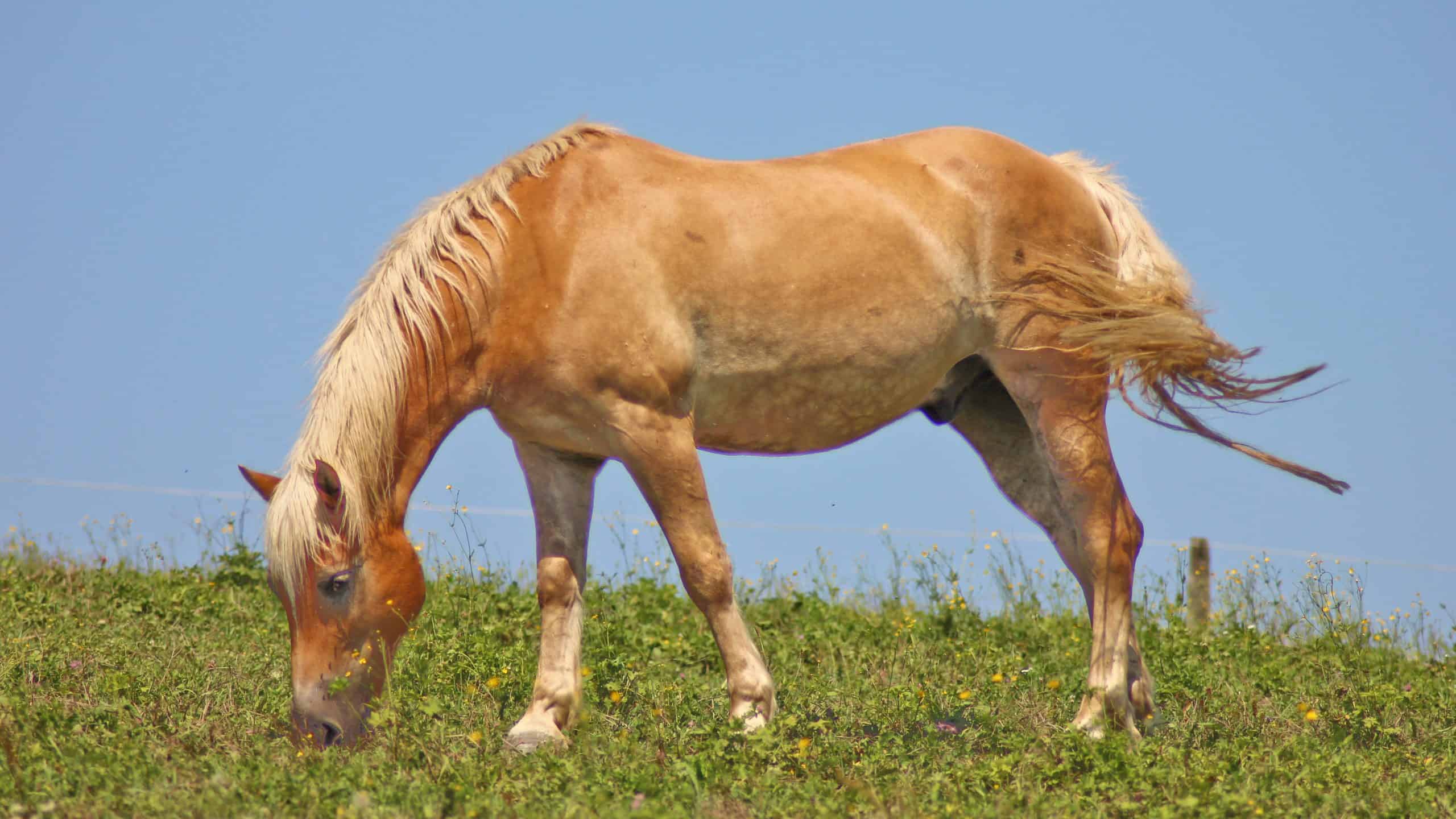
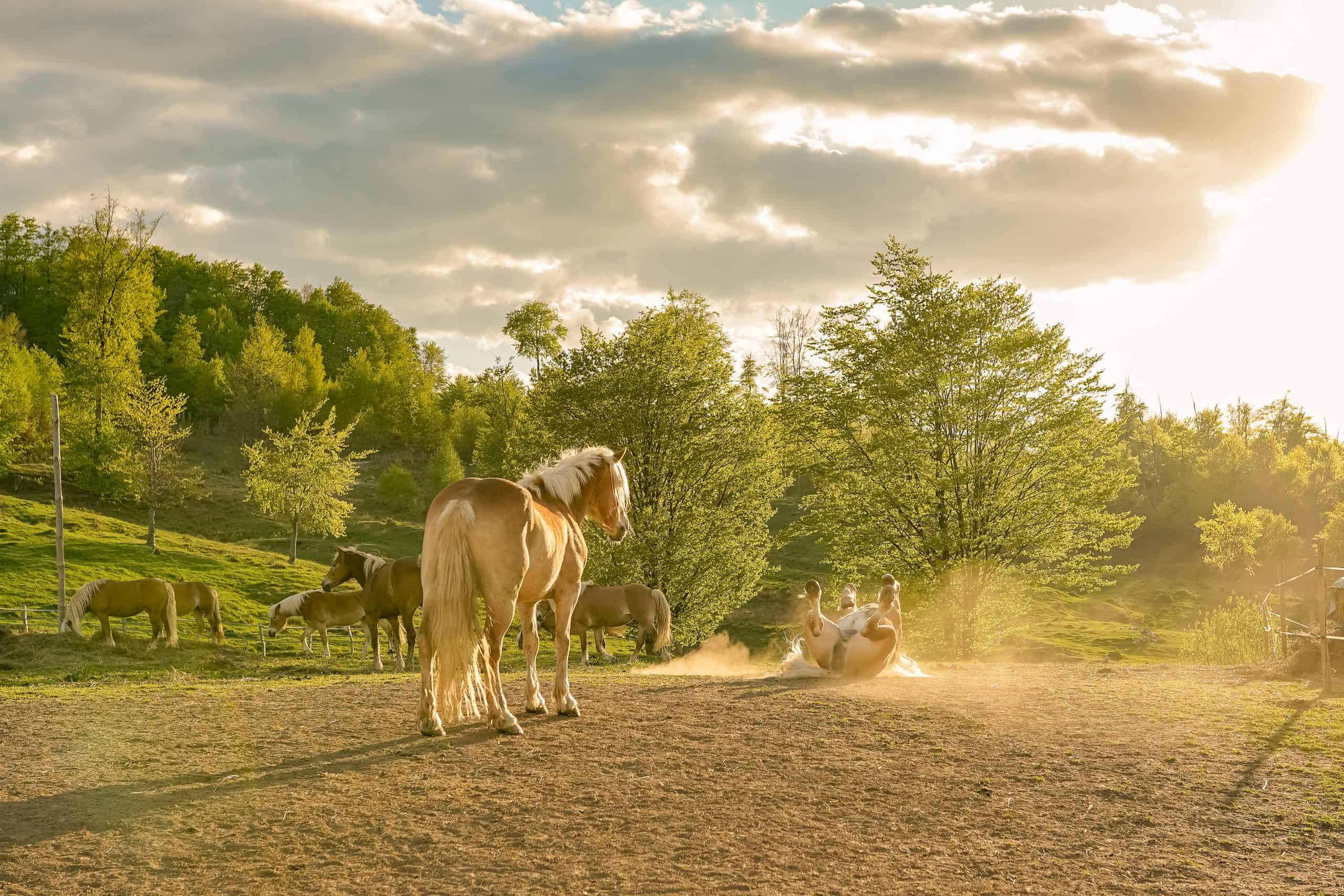
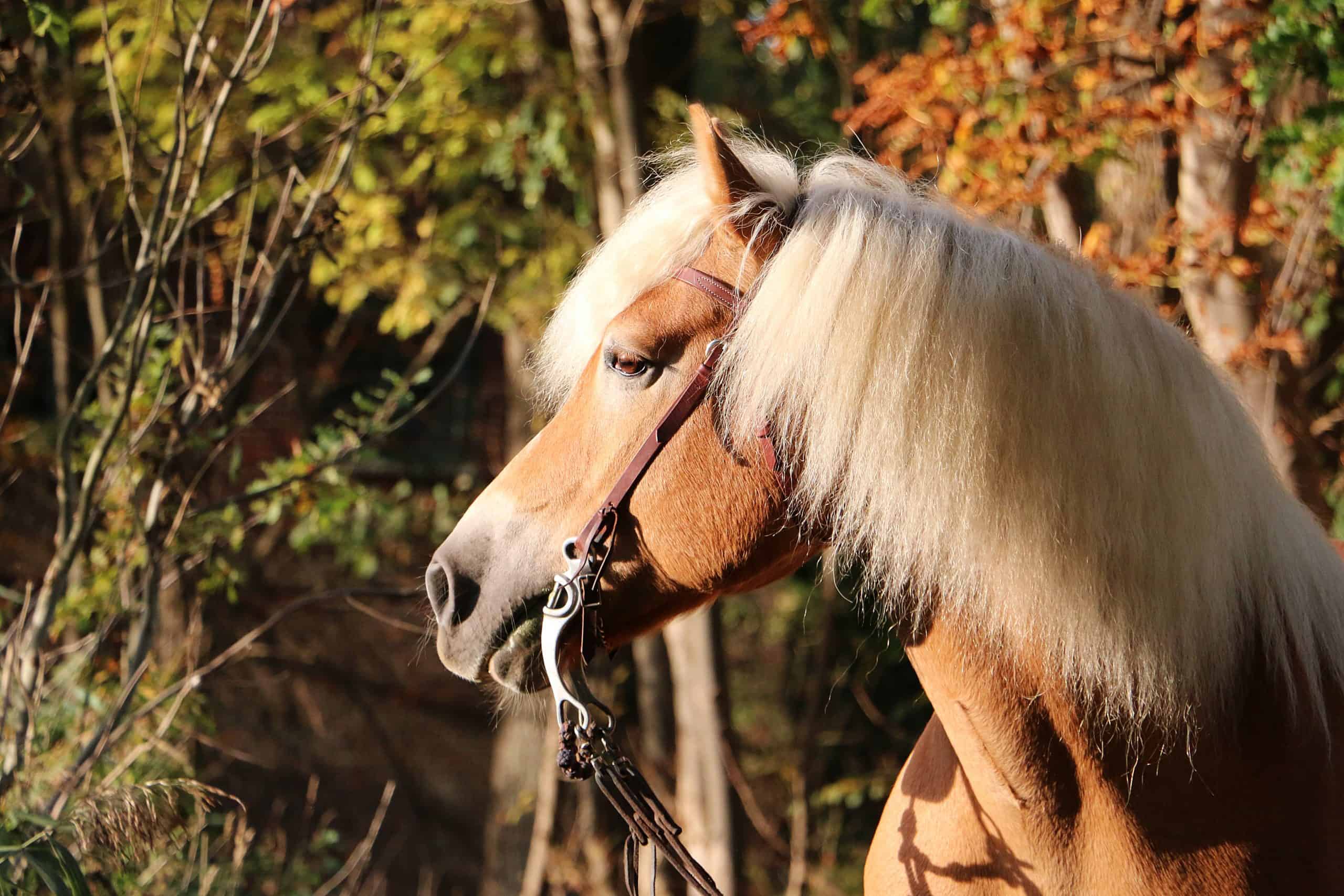
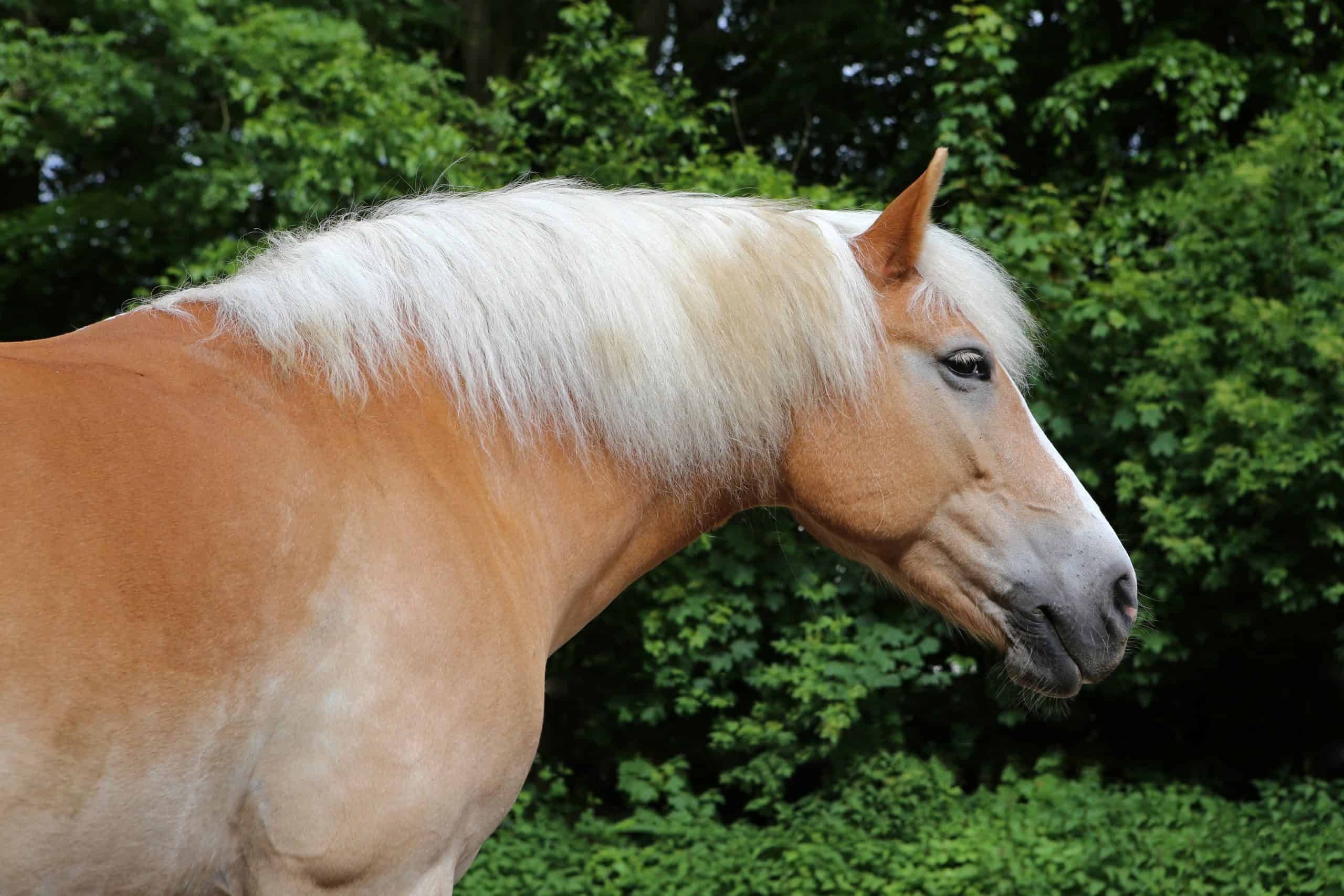

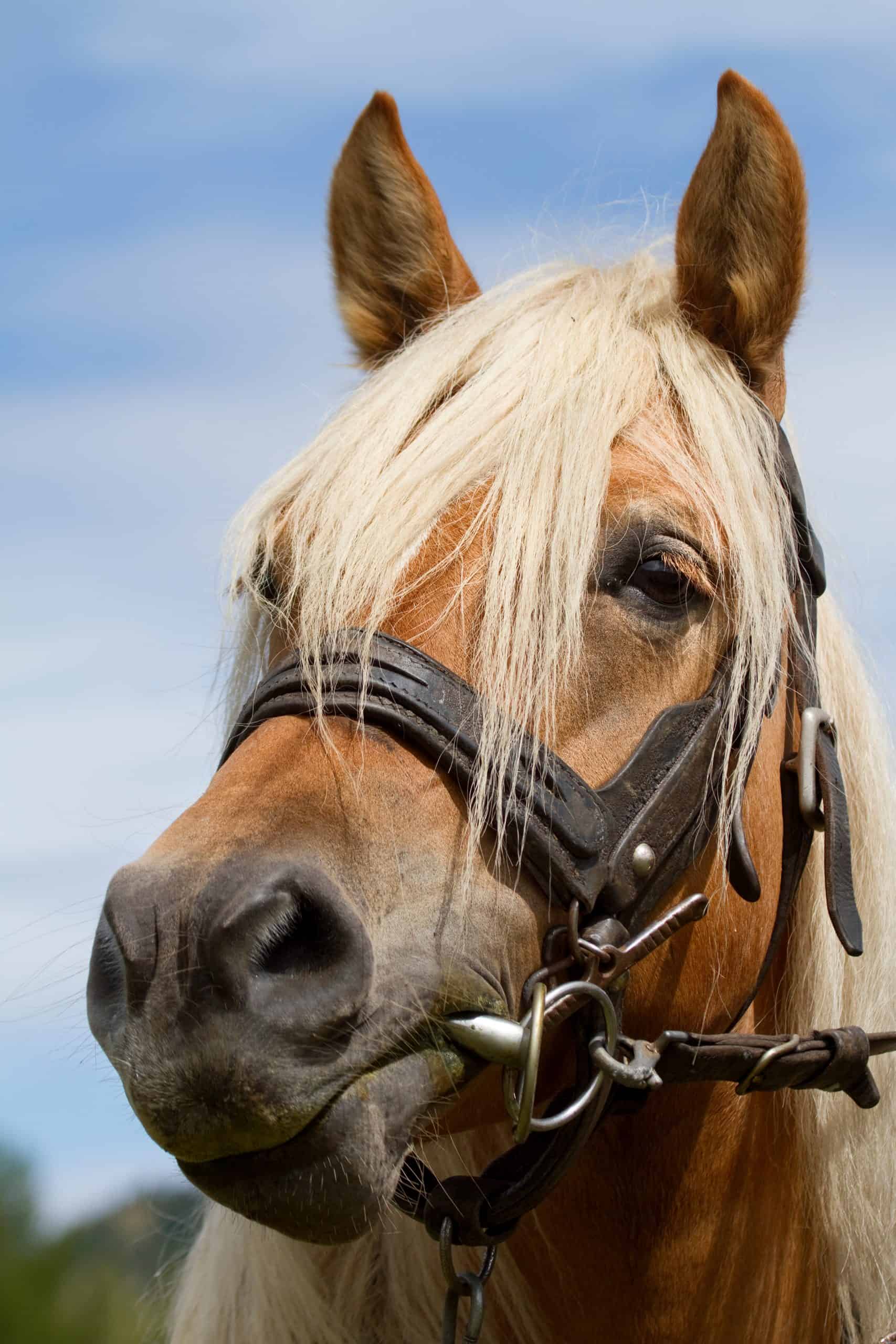
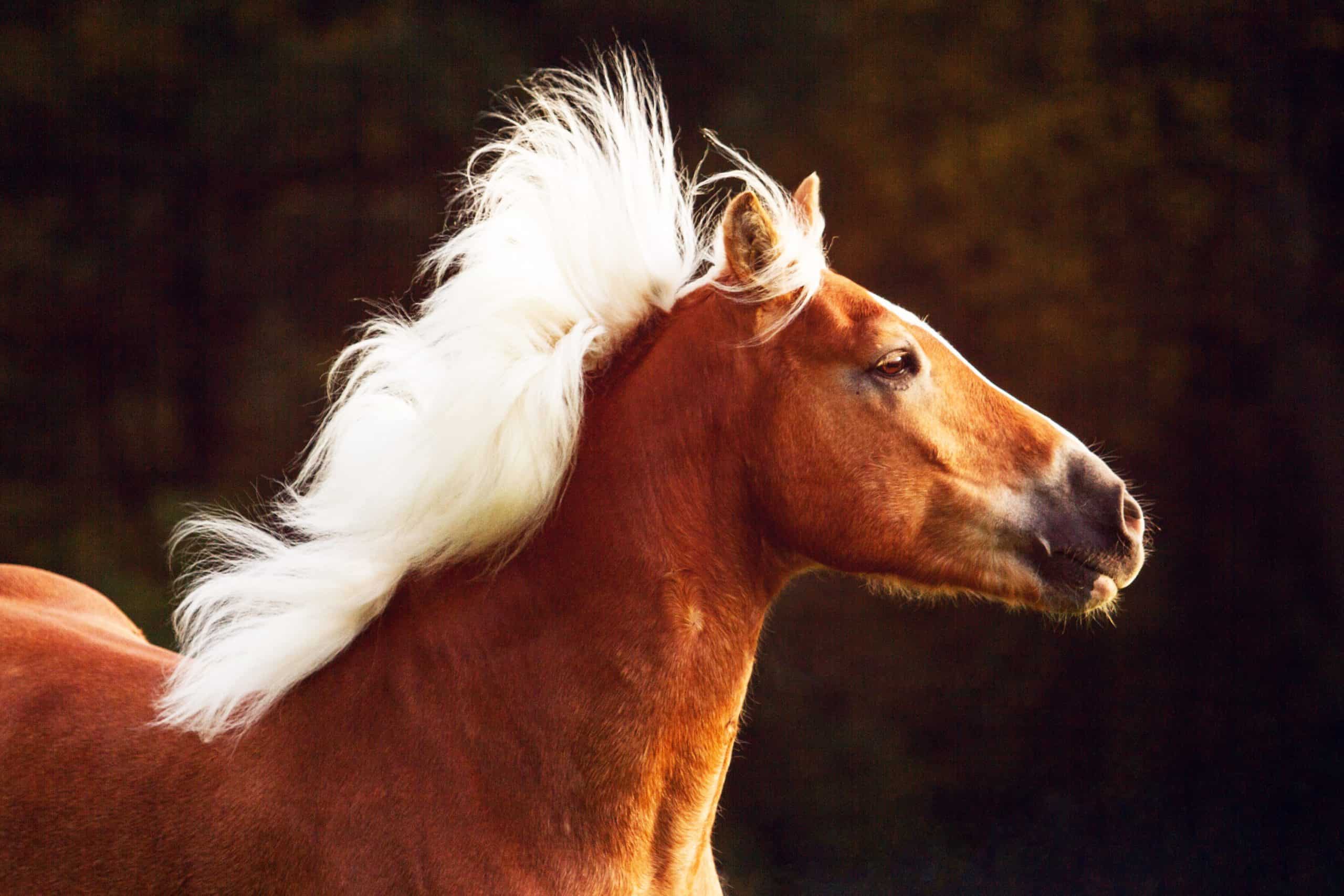


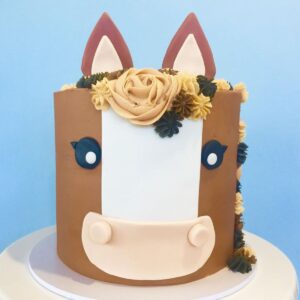
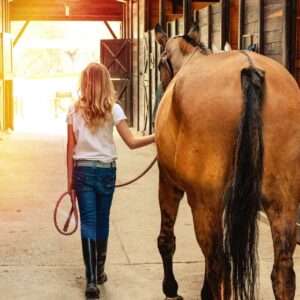
Mark
Very interesting to learn about their breeding background, and cleared up the 'are they horses or ponies' argument with my daughter. she was right ;-()
Mardene E Patton
I'd love to find a well broke. Gentle harbinger for my grandson and adult to ride. A rescue is good long as healthy.
Greg
Harbinger?
HF
going to look at one next week, excited!
Dennis James Guy
Haflingers range in height from 13 1/2 to 15 Hands, but are quite stocky and can weigh 1,000 lbs. So their best description would be a small Cob type. My 3 Haflingers have all been quite good, temperament wise, and trained quickly. But they can be stubborn. As such, they all tended to have a blend of horse and pony attributes.